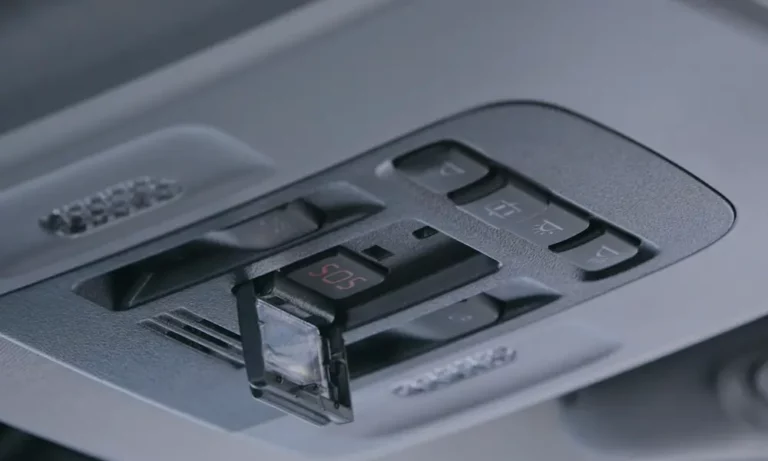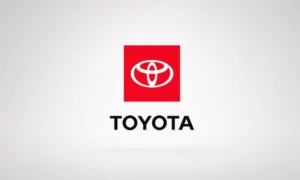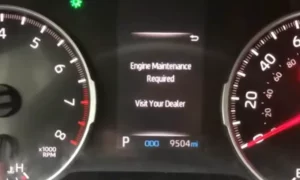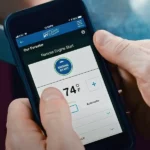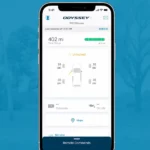Ever had that moment where your phone is out of reach after a car crash? Toyota’s Safety Connect service aims to be your lifeline in emergencies. But at $80 a year, you might wonder if it’s worth adding another subscription to your budget.
What Exactly Is Toyota Safety Connect?
Toyota Safety Connect is an emergency assistance service that comes bundled with newer Toyota vehicles. After your free trial period ends (typically 1-3 years depending on your model), you’ll need to pay about $80 annually ($6.66/month) to keep it active.
The core features include:
- Automatic collision notification
- Emergency assistance button (SOS)
- Enhanced roadside assistance
- Stolen vehicle locator
Unlike the Remote Connect service (which handles remote start and climate control), Safety Connect focuses exclusively on emergency situations.
Real-Life Emergency Stories: When It Matters Most
The most compelling cases for Safety Connect come from actual emergencies.
One Toyota owner described a horrific hit-and-run accident where they were going in and out of consciousness with a nearly amputated foot. Unable to reach their phone, Safety Connect automatically called emergency services and provided their exact location. The owner credits the service with saving their foot: “Because of Safety Connect they were able to make an incredible re-attachment of my foot even though it was almost a complete amputation.”
An ICU nurse who subscribes to the service puts it bluntly: “For $6.66 to give me peace of mind I’m not going to lie in a ditch somewhere bleeding out with no first responders coming… I value my life more than that.” As a healthcare professional, they understand that “seconds matter in emergencies.”
The Cost Breakdown: Is $80/Year Reasonable?
Let’s put the cost in perspective:
| Expense | Approximate Annual Cost |
|---|---|
| Toyota Safety Connect | $80 |
| Average cell phone bill | $1,200 |
| Average car insurance | $1,700 |
| Daily coffee habit | $1,460 |
At less than $7 per month, Safety Connect costs:
- About the price of two coffee shop drinks
- Less than most streaming services
- Roughly 22¢ per day
Some users report insurance discounts for having Safety Connect active, as some companies recognize it as an “Active Anti-Theft System”. This can offset part of the subscription cost.
When Safety Connect Falls Short
The service isn’t perfect. Users have reported frustrating limitations:
One owner described how their 2023 Toyota Crown was stolen, and despite having Safety Connect, Toyota apparently turned off location tracking and refused to release information about the vehicle’s whereabouts, even though the situation potentially involved armed individuals.
Another common complaint is that the service doesn’t integrate well with other Toyota connected services. The Toyota app itself gets consistently poor reviews for usability issues and connection problems.
The Subscription Model Controversy
Many Toyota owners object to the subscription model on principle. As one customer bluntly stated: “It’s super fucking scummy that Toyota makes you pay for a potential life saver.”
Another commented: “I refuse to pay out of principle; this is a $50k car. If Toyota owners stop paying for these services they will undoubtedly come down.”
This reflects the growing frustration among car buyers who feel that manufacturers are nickel-and-diming them after purchasing vehicles that already cost tens of thousands of dollars.
Alternatives to Safety Connect
Before deciding if Safety Connect is worth it, consider these alternatives:
- Cell phones: While any phone can dial 911 without service, this requires you to have access to your phone after an accident.
- OnStar: GM’s competing service offers similar features but typically costs more ($29.99/month for their Safety & Security plan).
- Third-party emergency devices: Products like Life Alert or personal GPS beacons offer similar emergency functions but require carrying extra devices.
Who Should Subscribe to Safety Connect?
Safety Connect makes the most sense for:
- Solo drivers who frequently travel in remote areas
- People with medical conditions that might require emergency assistance
- Elderly drivers or those with increased accident risk
- Drivers in high vehicle theft areas
- Anyone who prioritizes peace of mind over $80/year
One Reddit user summarizes the value proposition well: “I’ve subscribed to the Safety and the Remote starting in September. I actually really like them… I think for $8 a month, the safety is a good insurance policy.”
Who Should Skip Safety Connect?
You might reasonably pass on Safety Connect if you:
- Rarely drive alone
- Stay in populated areas with good cell coverage
- Object strongly to subscription-based car features
- Already have reliable alternative emergency contact methods
- Are on a tight budget and need to prioritize expenses
Understanding What You’re Actually Paying For
Many drivers misunderstand what they’re actually buying with Safety Connect. You’re not paying for the hardware—that’s already built into your vehicle. You’re paying for:
- The backend infrastructure that routes calls to emergency services
- The human operators who respond to emergencies
- The cellular connectivity that works even when your phone doesn’t
- The software updates and maintenance of the system
How to Test Safety Connect Before Deciding
Before your free trial expires, try these steps to evaluate the service:
- Locate the SOS button (typically on your rearview mirror)
- Press it during regular business hours
- When an operator responds, explain that you’re testing the system
- Ask questions about response times and coverage in your area
- Request they end the test call
This gives you a real feel for how the service works before committing to pay.
Making Your Decision: A Simple Framework
When deciding if Safety Connect is worth it, ask yourself:
- What’s my personal risk tolerance?
- How often do I drive alone in remote areas?
- Would I notice $6.66 missing from my monthly budget?
- How quickly could I access my phone in an emergency?
- Do I have medical conditions that might require rapid response?
For most drivers, the decision comes down to whether you view Safety Connect as unnecessary or as a form of insurance—a small payment for something you hope to never need, but that could prove invaluable in a crisis.
Setup and Management Tips
If you do decide to keep Safety Connect:
- Ensure your emergency contact information stays updated
- Test the system occasionally by pressing the SOS button
- Understand how to use the service (through the app vs. physical buttons)
- Know how to temporarily disable tracking if privacy is a concern
- Check if your insurance offers discounts for connected safety services
The Bottom Line: Peace of Mind Has a Price
Toyota Safety Connect exemplifies the modern dilemma about vehicle subscription services: is safety something that should be included with your $30,000+ vehicle purchase, or is it reasonable to charge ongoing fees for emergency services?
While the ethics of subscription-based safety features remain debatable, the practical value of Safety Connect is clear for many drivers—especially those who’ve experienced actual emergencies where the service made a critical difference.
At $80 per year, it’s not the most expensive insurance policy you’ll ever buy. The question is whether you’ll sleep better knowing it’s active if you ever need it.

